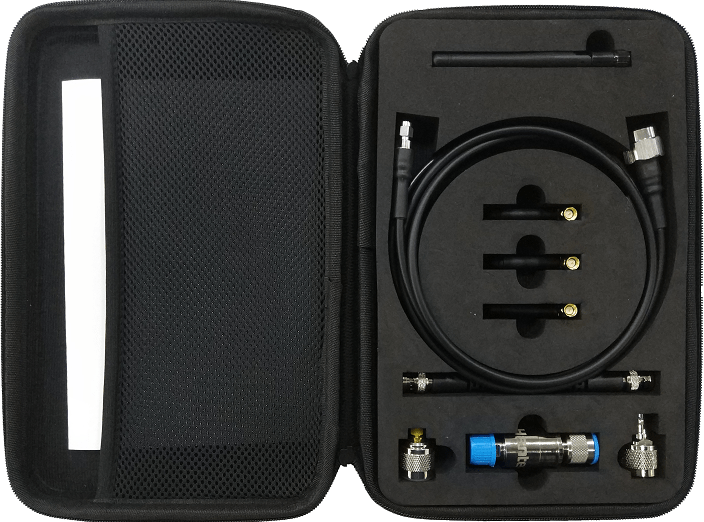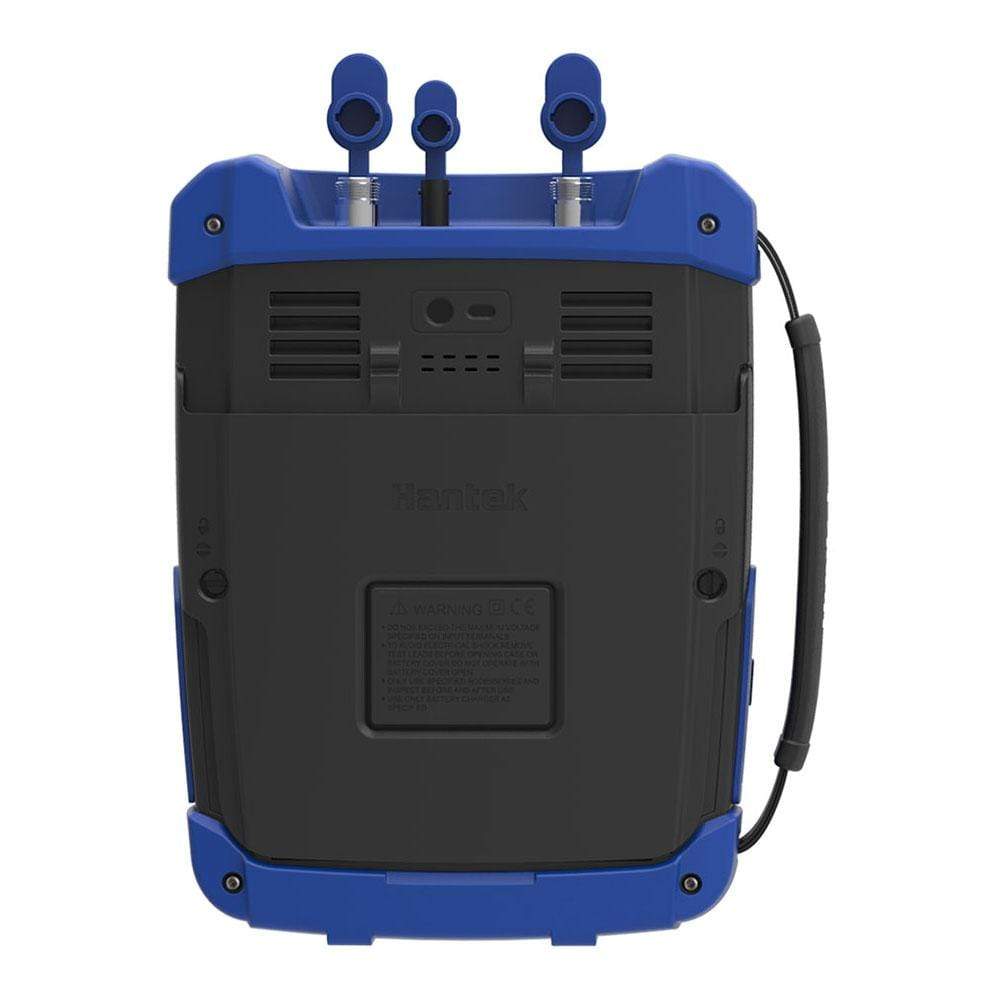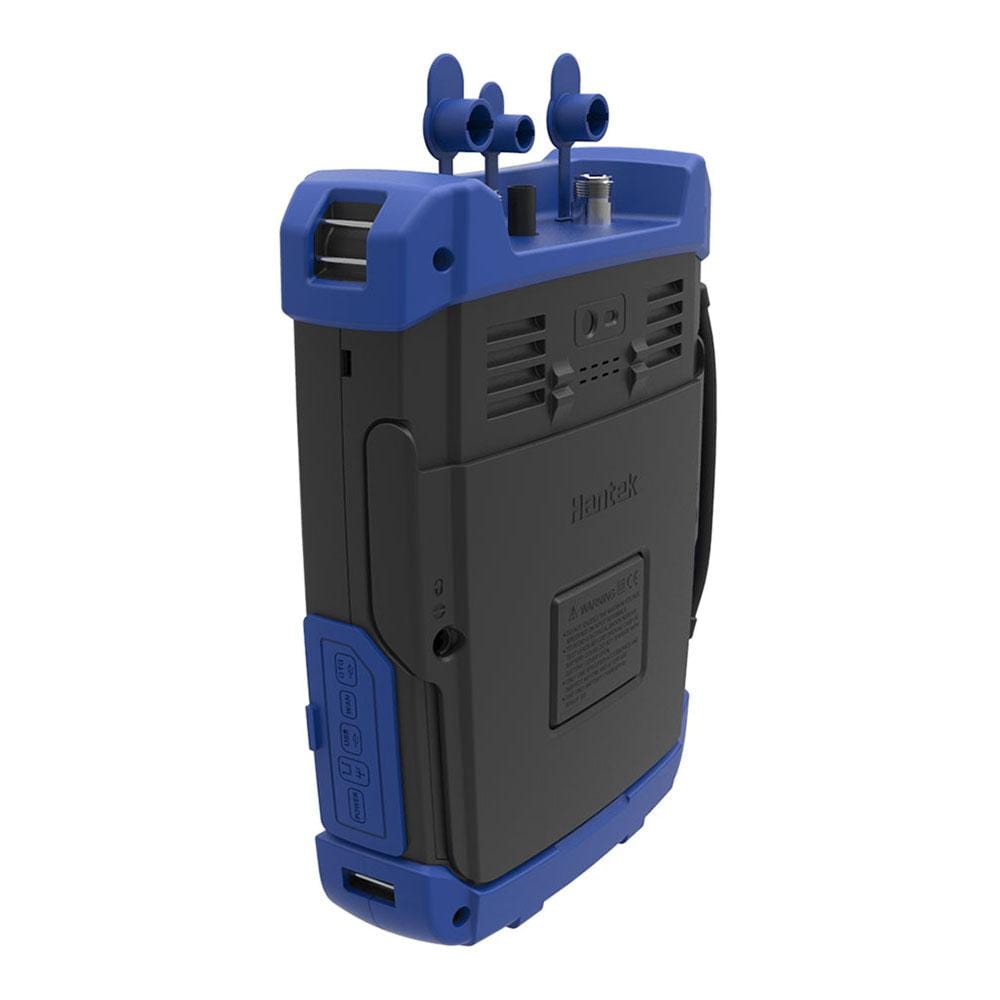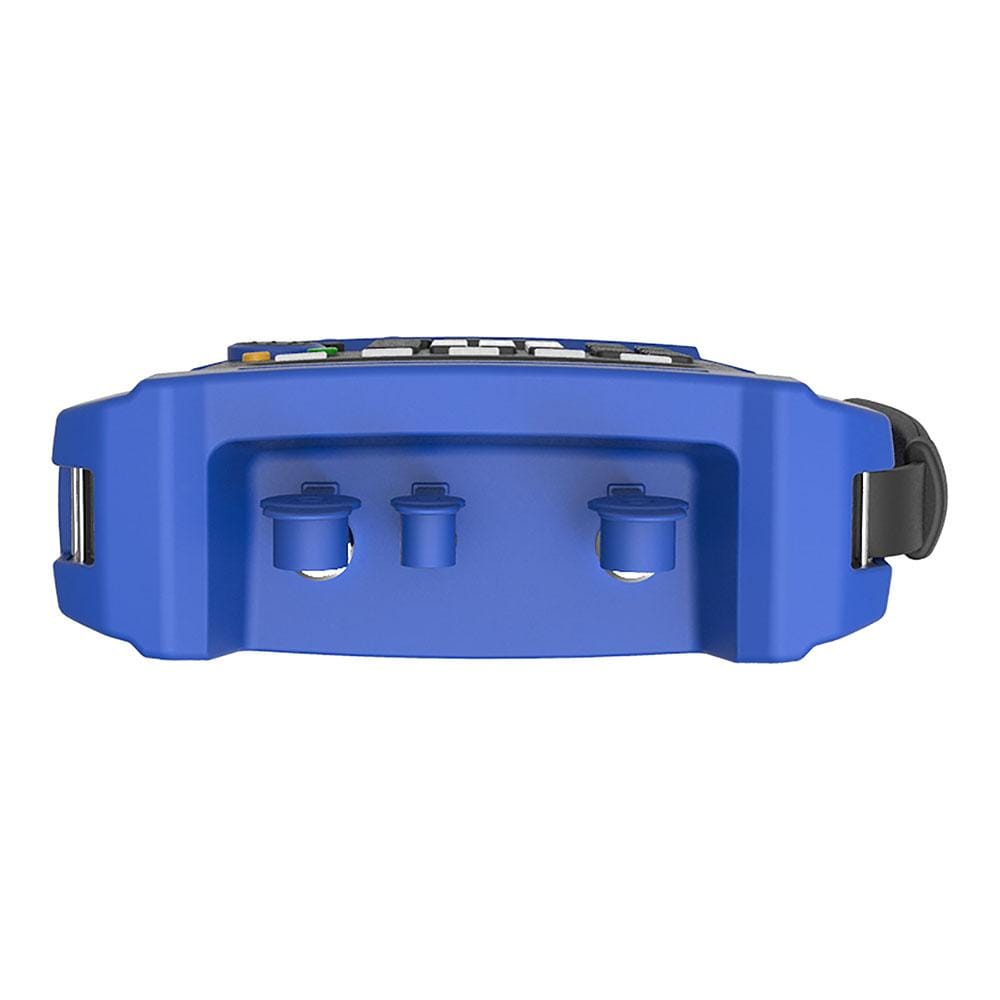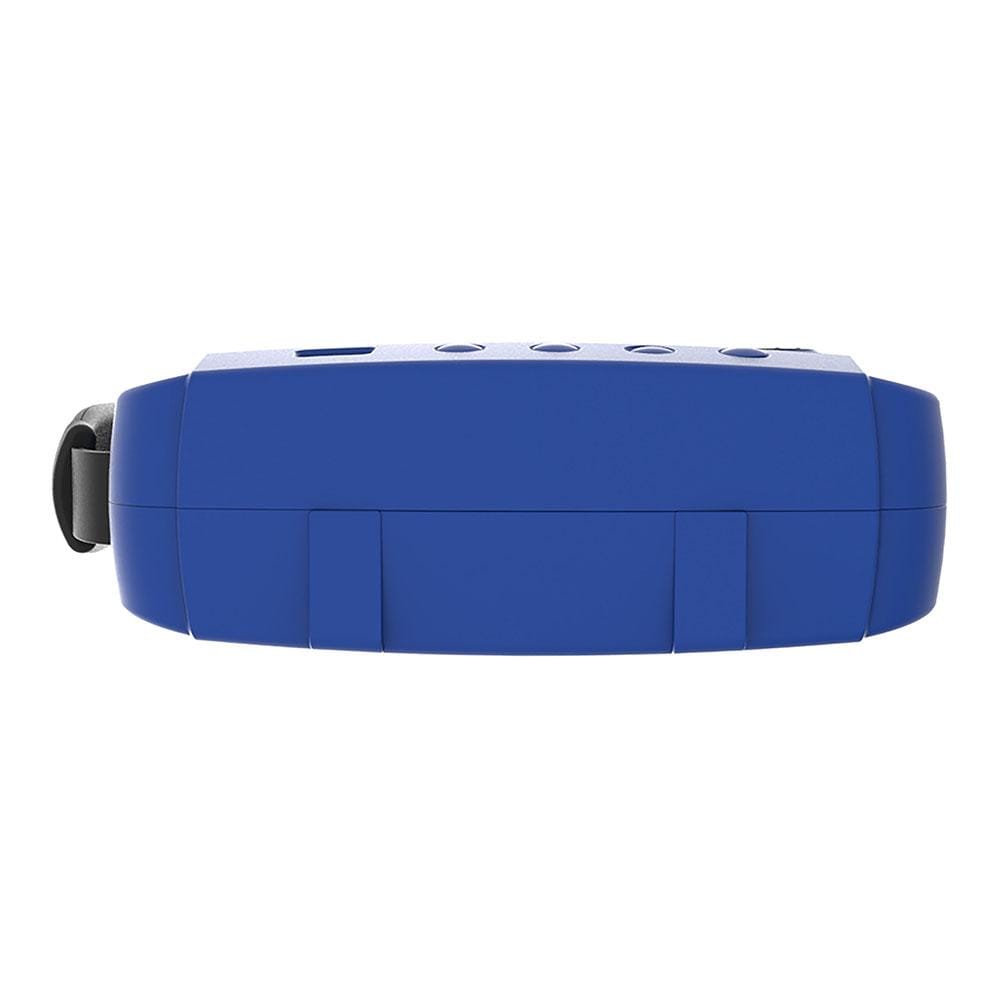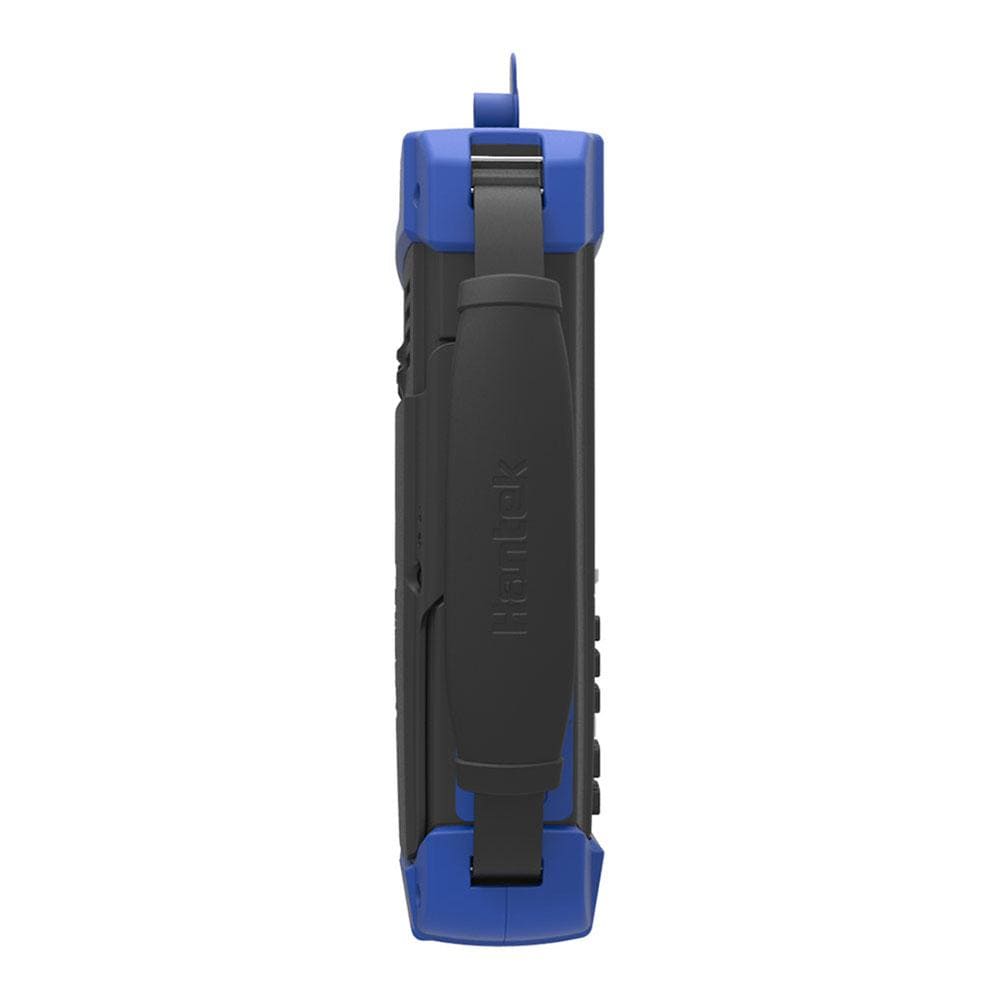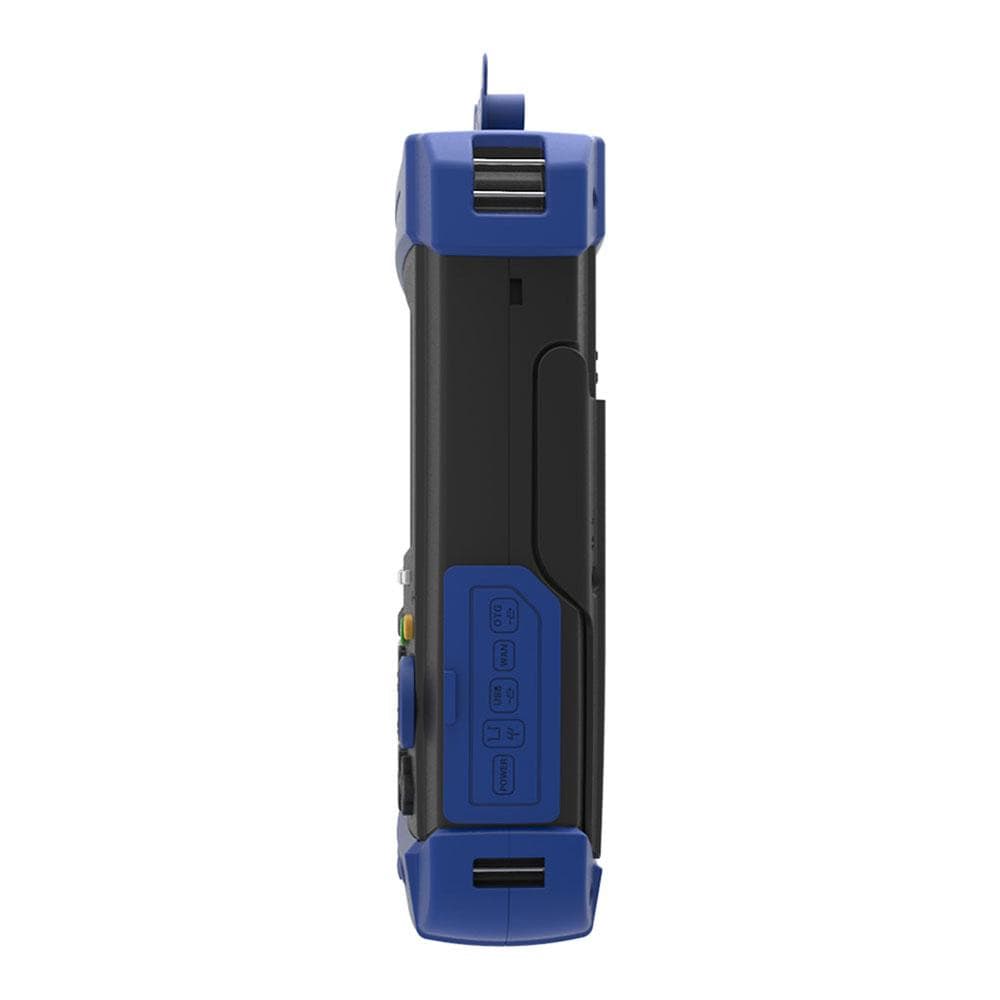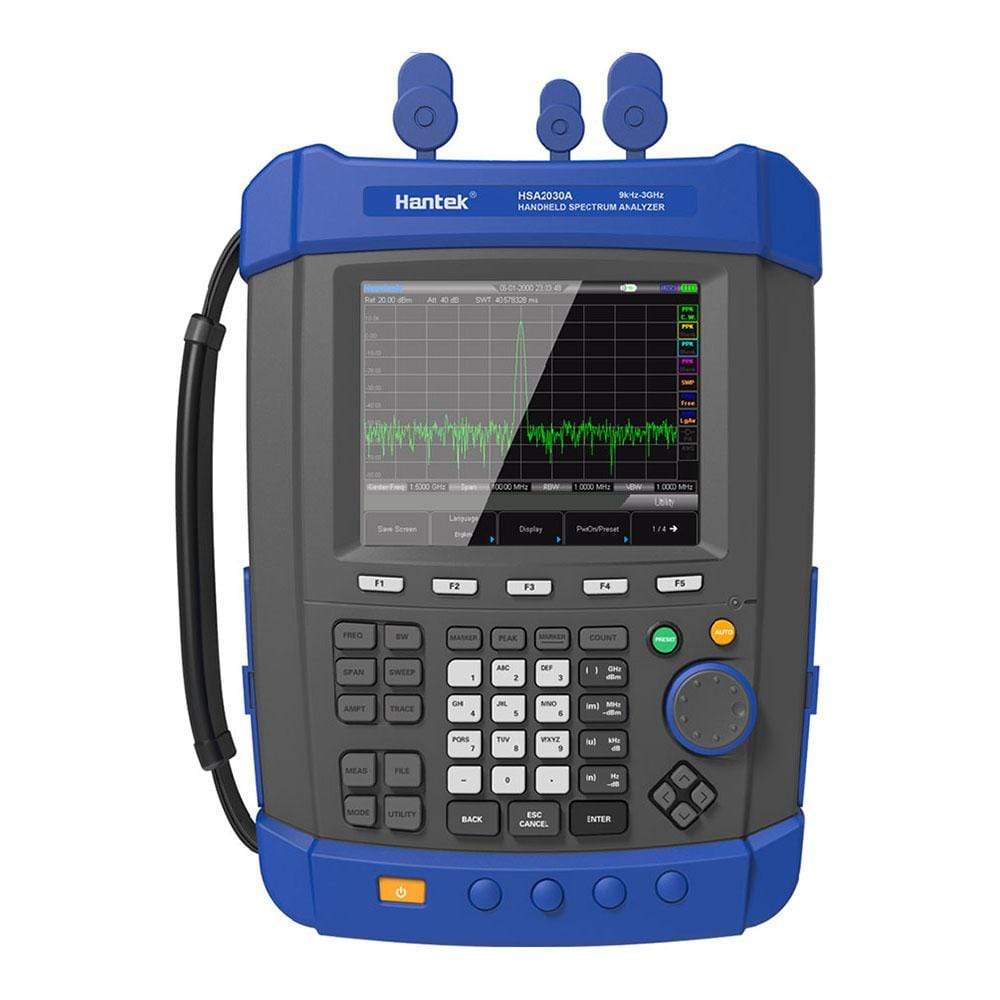
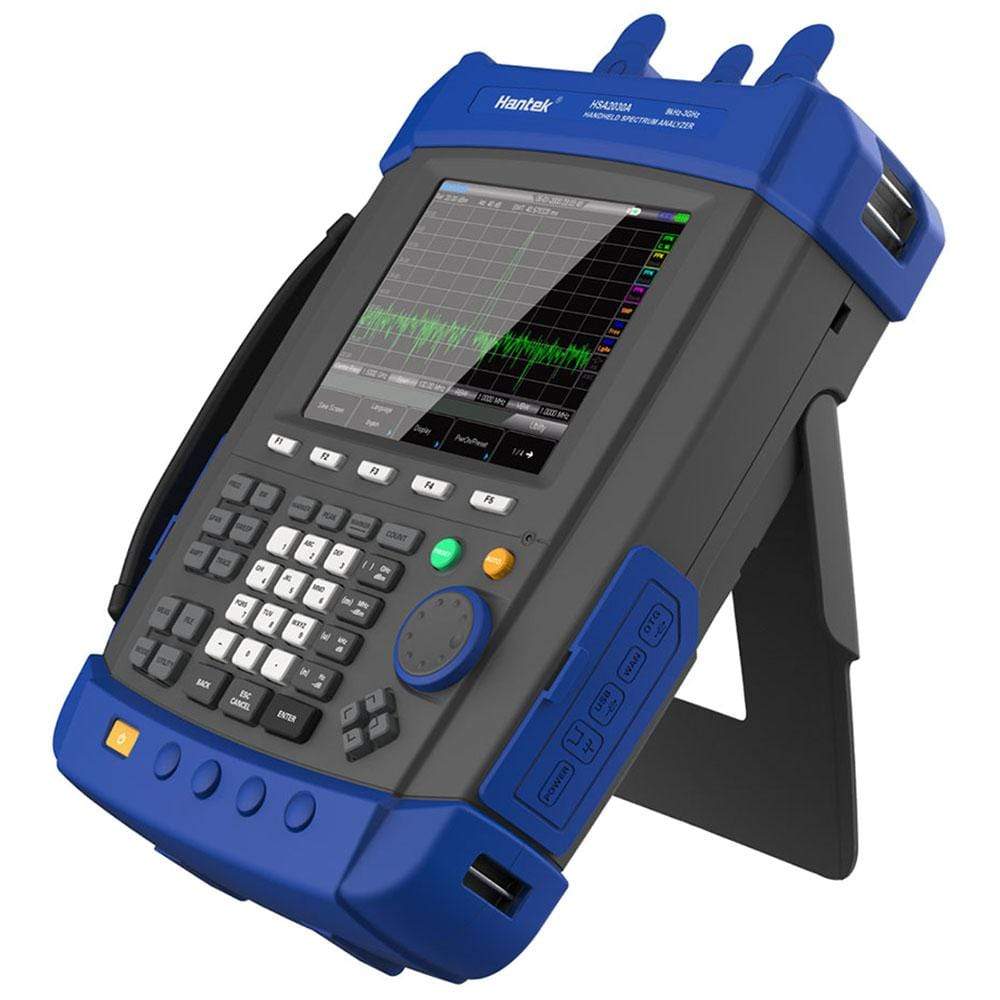
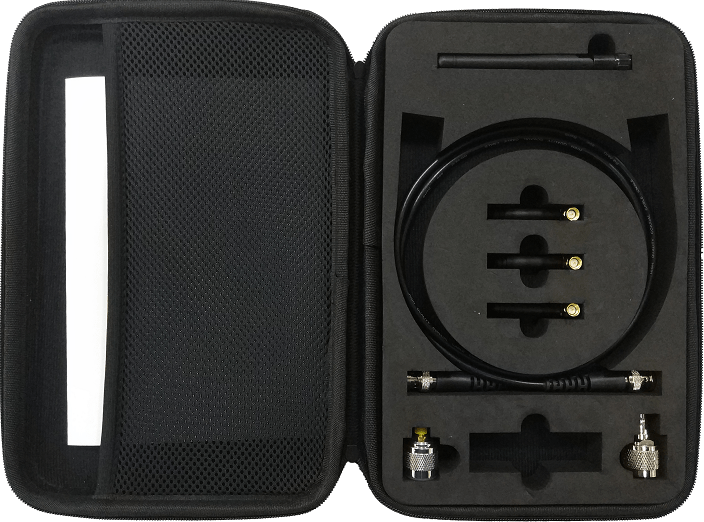
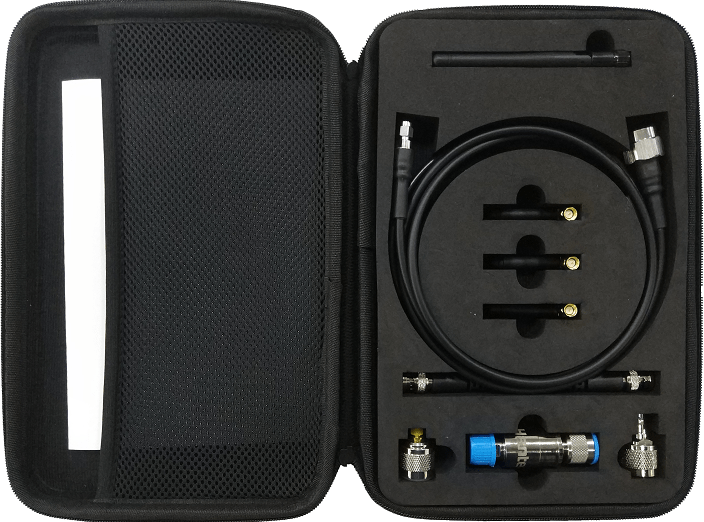
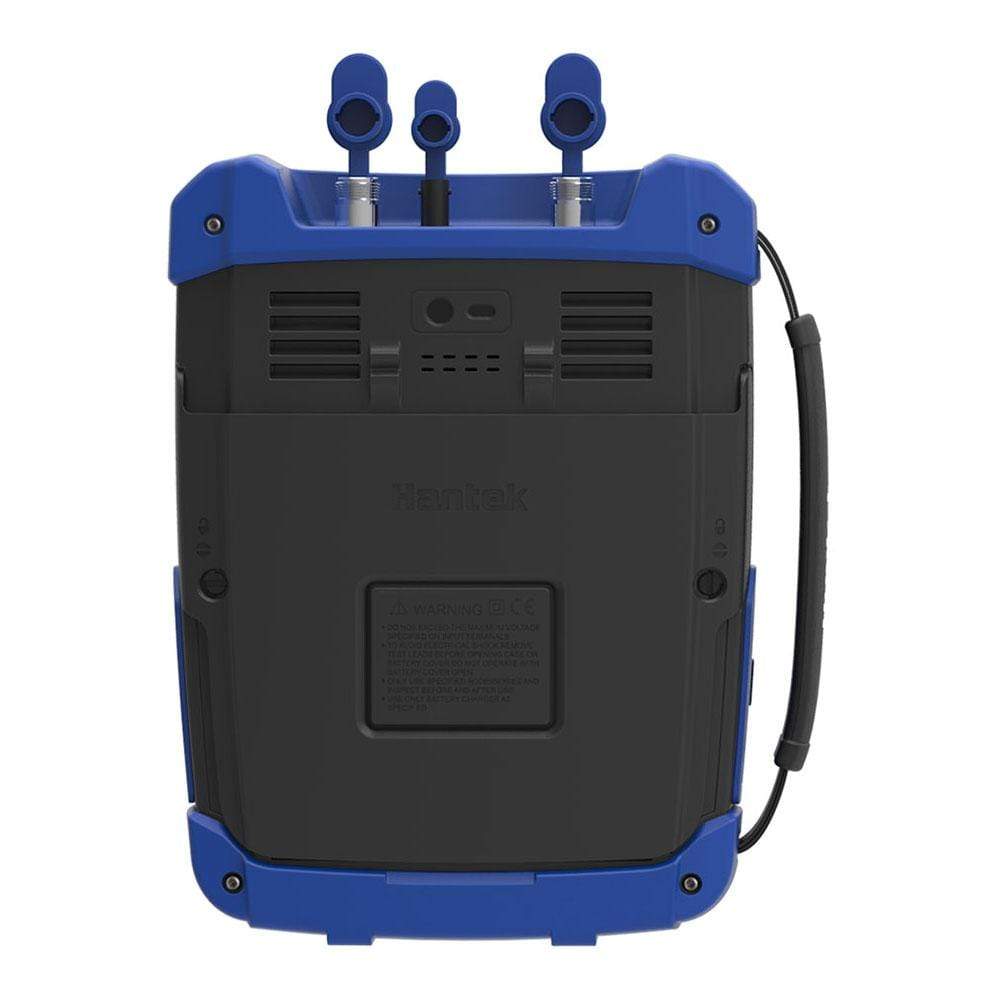
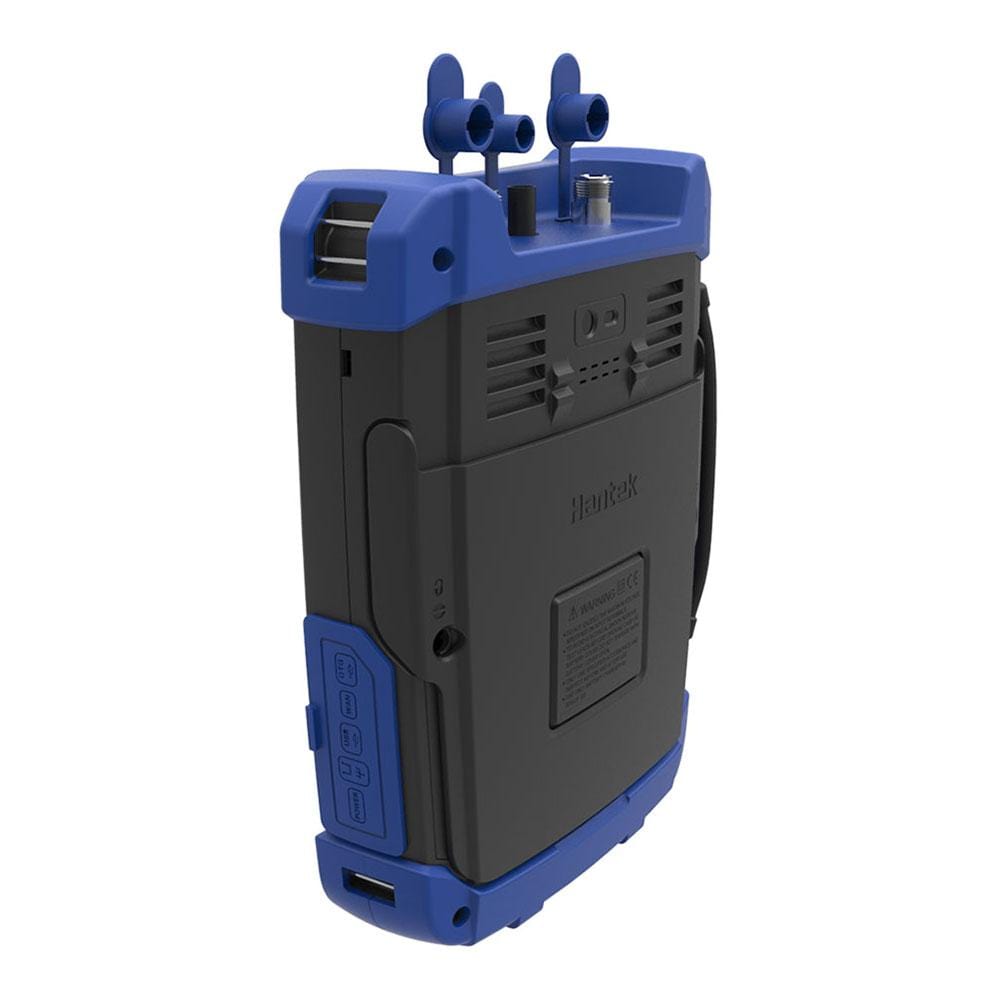
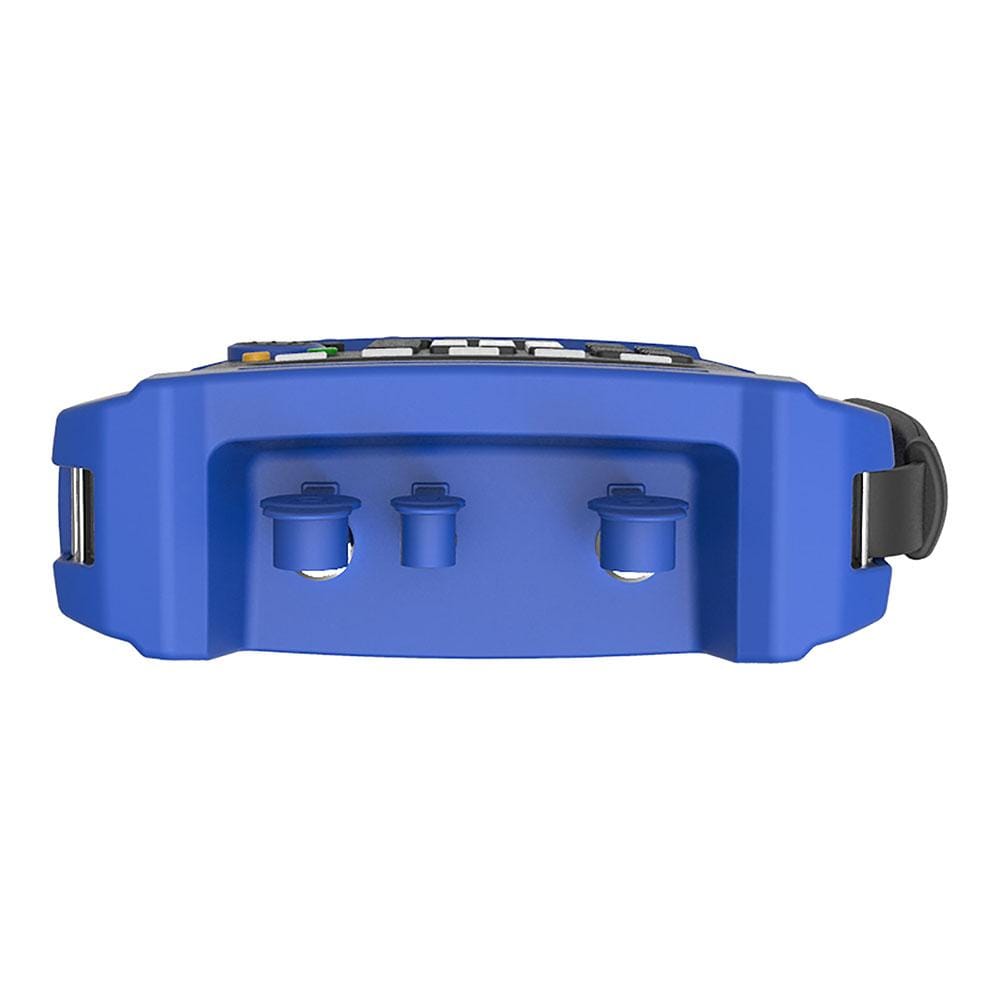
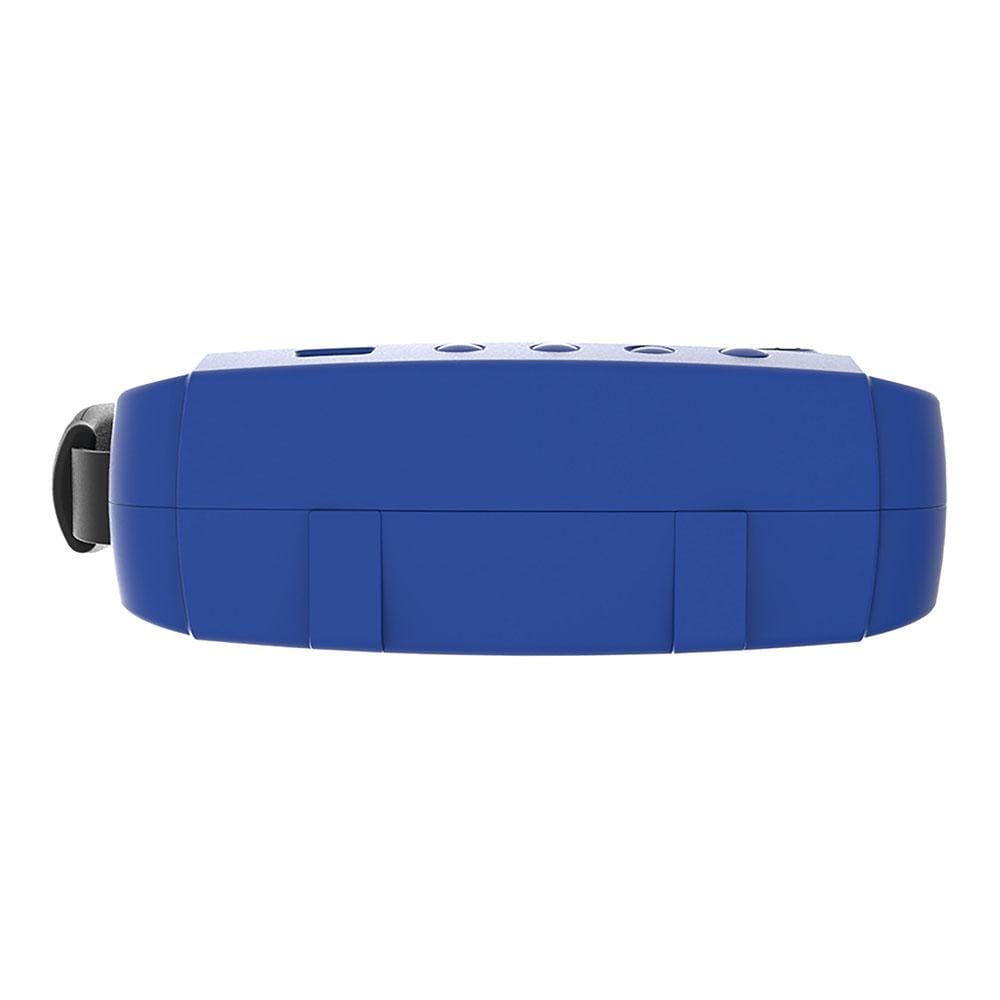
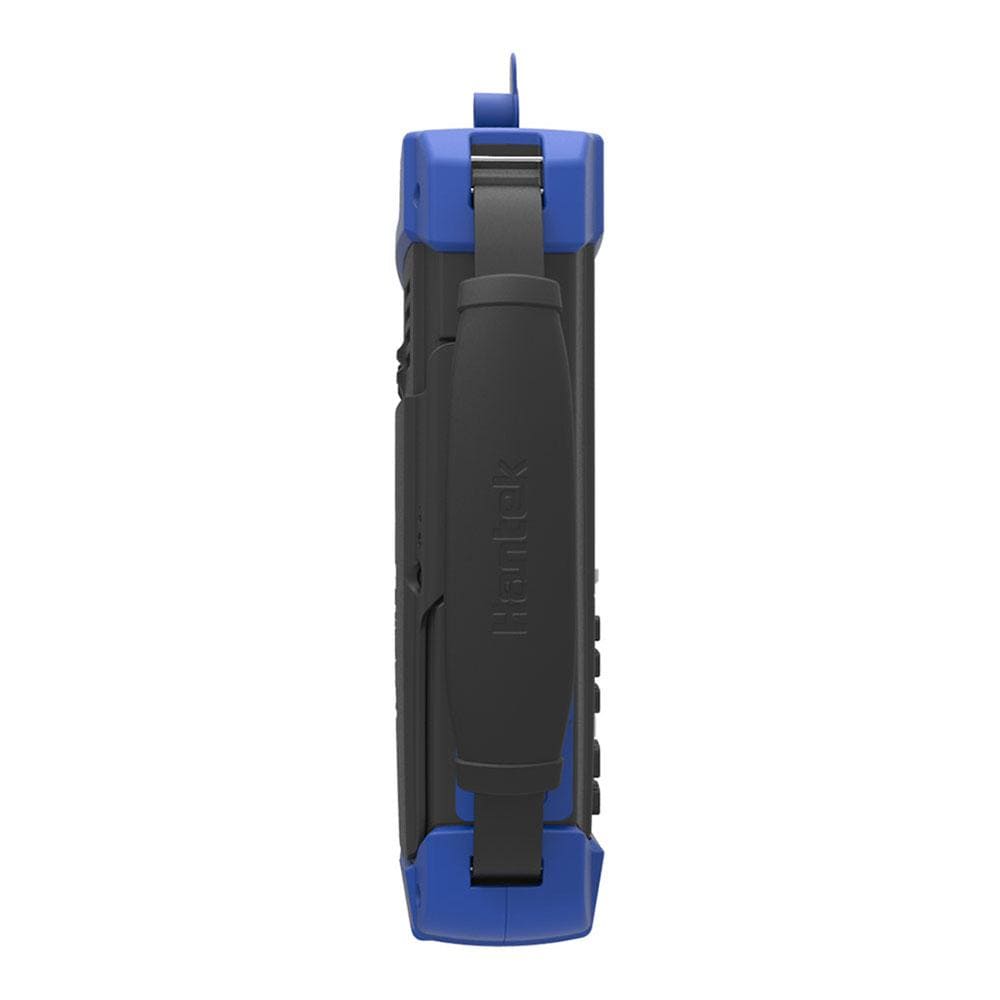
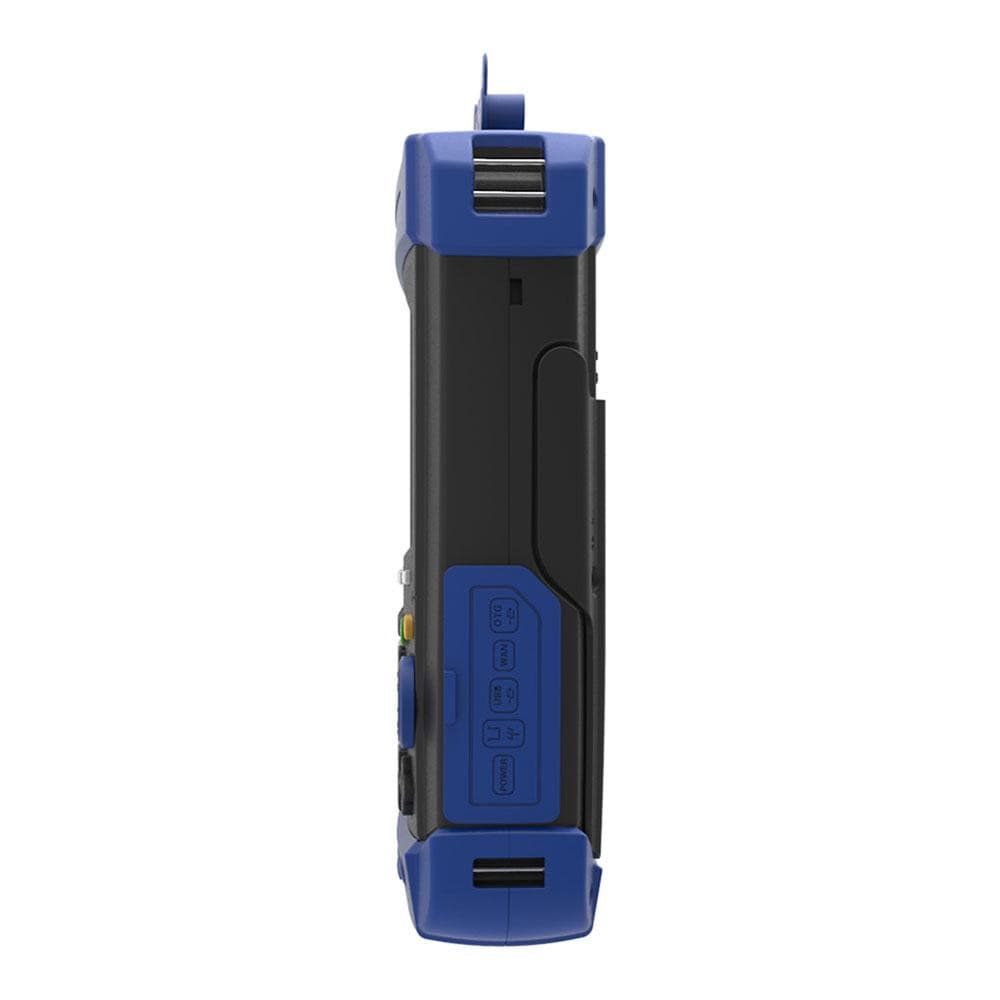
Key Features
Overview
The Hantek HSA2030 represents a breakthrough in portable spectrum analysis, combining professional-grade measurement capabilities with true handheld portability. This sophisticated instrument covers the critical frequency range from 9kHz to 3.2GHz with outstanding sensitivity and precision, making it indispensable for RF engineers, EMC specialists, and field technicians.
Available in two variants, the HSA2030A provides comprehensive spectrum analysis functionality, whilst the HSA2030B adds an integrated tracking generator for network analysis and filter characterisation. Both models feature the same exceptional sensitivity of -161dBm typical and ultra-low phase noise of <-92dBc/Hz, delivering laboratory-quality measurements in challenging field environments.
Downloads
Why Engineers Choose The Analyseur de spectre Hantek HSA2030 (9 KHz - 3,2 GHz
Unmatched Portability
Laboratory-Grade Sensitivity
Complete Frequency Coverage
Le nouvel analyseur de spectre portable Hantek HSA2030 est une solution abordable et pratique pour tester les plages de fréquences à des fins de recherche ou de dépannage. Doté d'une conception légère et compacte avec une « structure pliable » unique, il vise à fournir aux utilisateurs un outil portable et performant. Grâce à la communication USB/LAN, il peut être connecté soit à votre ordinateur portable, soit au réseau, offrant ainsi une large gamme d'options de contrôle à distance. Avec une batterie rechargeable 18650mAh intégrée, une alimentation externe n'est pas nécessaire et est idéale pour la portabilité.
| General Information | |
|---|---|
Part Number (SKU) |
HSA2030A-KITI
|
| Physical and Mechanical | |
Weight |
2.9 kg
|
| Other | |
Warranty |
|
HS Code Customs Tariff code
|
|
EAN |
5055383601141
|
Frequently Asked Questions
Have a Question?
-
How does the HSA2030 compare to benchtop spectrum analysers?
The HSA2030 delivers comparable sensitivity and accuracy to benchtop instruments whilst offering true portability, making it perfect for field measurements and mobile applications where benchtop units are impractical.
-
What is the phase noise performance of the HSA2030?
The HSA2030 achieves excellent phase noise performance of <-92dBc/Hz at 10kHz offset, ensuring clean spectral measurements and accurate signal characterisation.
-
Can the HSA2030 perform time-domain analysis?
Yes, the zero-span mode enables time-domain analysis of fixed frequency components with sweep times from 600ns to 200s, ideal for pulse and transient analysis.
-
What connectivity options does the HSA2030 provide?
The HSA2030 features USB Host/Device ports, LAN interface for remote control, external trigger/10MHz reference input, headphone output for demodulation, and SD card slot.
-
Is the HSA2030 suitable for EMC testing?
Yes, the HSA2030 is excellent for EMC pre-compliance testing with its wide frequency coverage, high sensitivity, and comprehensive measurement functions including peak detection and averaging.
-
What resolution bandwidth can the HSA2030 achieve?
The HSA2030 offers resolution bandwidth from 10Hz to 1MHz in 1-3-10 sequence, with the ultra-low 10Hz RBW enabling analysis of closely-spaced signals.
-
How long does the battery last on the HSA2030?
The integrated lithium battery provides over 4 hours of continuous operation, with multiple charging options including AC mains, 12V DC automotive, and USB charging.
-
What is the difference between HSA2030A and HSA2030B models?
The HSA2030A is a spectrum analyser only, whilst the HSA2030B includes an integrated tracking generator covering 5MHz-3.2GHz for network analysis and filter characterisation.
-
What is the sensitivity of the HSA2030 spectrum analyser?
The HSA2030 achieves exceptional sensitivity with DANL (Displayed Average Noise Level) of -161dBm typical when the preamplifier is enabled, allowing detection of extremely weak signals.
-
What frequency range does the Hantek HSA2030 cover?
The HSA2030 covers 9kHz to 3.2GHz AC coupled, providing comprehensive analysis from audio frequencies through microwave bands including Wi-Fi, Bluetooth, cellular, and ISM bands.




